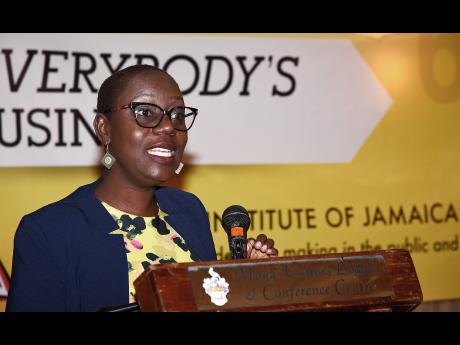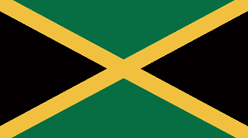
Thousands Of Jamaican Children Engaged In Child Labour – Survey
An estimated 38,000 Jamaican youth between the ages of five and 17 years old are involved in child labour, and 26,000 work in hazardous conditions, as defined by the International Labour Organization (ILO).
These are some of the findings contained in the Jamaica National Youth Activity Survey conducted by the Statistical Institute of Jamaica (STATIN) and the ILO, which identified 53,274 children overall engaged in economic activities.
“If you have a six-year-old doing chores for a number of hours a week, it could be considered child labour,” Resel Melville, national coordinator for the Caribbean Support Programme, told The Gleaner yesterday. She was one of two ILO representatives to speak on ‘The Caribbean in the Global Fight Against Child Labour’, during the launch of a weeklong training of trainers workshop, at the Terra Nova Hotel, which ends on Friday.
“We have participants from the National Insurance Scheme, labour inspectors from the Pay and Employment Branch. We have work permit investigators, officers from the Occupational Safety and Health Department, and also investigators from the employment agency at the Ministry of Labour and Social Security,” Sasha Deer Gordon, director of the Child Labour Unit in the labour ministry, told The Gleaner, adding that child labour is “really a big issue” in Jamaica.
ECONOMIC ACTIVITIES
The survey defined economic activities as including to:
– Catching fish, wild animals or other food for sale or for the household.
– Helping (unpaid) in a household business of any kind.
– Fetching water or collecting firewood for household use.
– Domestic work for wage or salary or any payment in kind.
WHAT IS CHILD LABOUR?
– Child labour refers to work that is mentally, physically, socially or morally harmful to children and interferes with their schooling.
– The Jamaica National Youth Activity Survey 2016 captured information on hazardous work and child labour other than hazardous work, namely:
– Children aged five to 12 in employment
– Children aged 13-17 years in hazardous work such as employment that endanger their health, safety and moral development.
– The survey identified child labour as a subset of working children and focused only on children ages five to 17, since it is unusual for children under the age of five to start working. The main objective was to collect comprehensive information on children’s engagement in economic activities.
– A child (five to 17 years) is considered to be working if he/she is engaged for at least one hour in the production of economic goods and/or services for pay or profit or without pay in a family farm/business.
Melville explained that the definition of child labour would have to factor in cultural practices, hence the need to sensitise the public to the nuances.
“We are not saying that all child work is bad, because children have to develop discipline. They have to learn skills, they have to engage with social norms and practices, but at the end of the day, we have to be cognisant that there must be boundaries in terms of duration,” she added.
For this reason, protective measures must be put in place to ensure that children are not exploited or forced to work under conditions that damage them morally, physically, socially, psychologically or otherwise, Melville noted, while calling for greater awareness on the issue.
“The truth is that sometimes we see it daily but we don’t recognise it for what it is because we have become culturally insensitive to it,” she stated.
christopher.serju@gleanerjm.com
Source: http://jamaica-gleaner.com/article/lead-stories/20180703/thousands-jamaican-children-engaged-child-labour-survey

